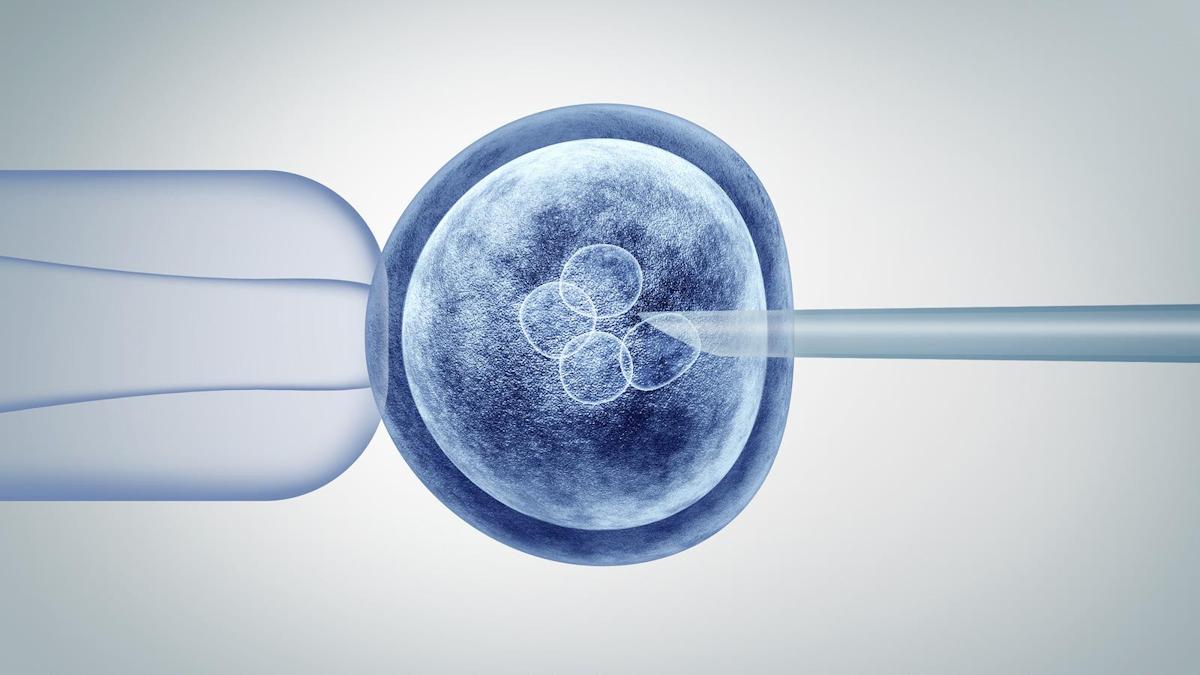Pruritus in PBC: Understanding its impact and the need for raising awareness

September is the perfect time to turn up the volume on conversations about Primary Biliary Cholangitis (PBC) and the symptoms people living with it experience, in support of PBC Awareness Month. Whether you’re raising awareness or just giving this article a quick read, your actions can help amplify the voices of people living with PBC and support the push for improved outcomes.
What is PBC and why haven’t many people heard of it?
Primary Biliary Cholangitis (PBC) is a chronic autoimmune liver disease in which the body's immune system gradually attacks the bile ducts within the liver. This progressive damage can ultimately result in cirrhosis, liver failure, or even liver cancer.1
While there is currently no cure for PBC, treatment focuses on slowing the progression of the disease. One of the key challenges is that PBC is often underreported due to its subtle onset and the non-specific nature of early symptoms.2 Common symptoms like fatigue and pruritus (chronic itch) are sometimes misdiagnosed as conditions like atopic dermatitis or psoriasis, causing delays in diagnosis and suitable treatment.3 This highlights the importance of greater awareness and innovative strategies to improve care for individuals living with PBC.
How does pruritus appear in people living with PBC?
Chronic itch when living with PBC is attributed to cholestasis, which means that the liver is unable to process and secrete bile, which then ends up in the bloodstream. This leads to the accumulation of substances in blood plasma that can cause itching. Additionally, the opioid system, which modulates pain and itching in the body, is activated by the free bile acids in the bloodstream, which intensifies the perception of itch by activating opioid receptors in the skin and central nervous system.4
Approximately 75% of individuals living with PBC experience pruritus, which can be intermittent and the intensity of itchiness may vary from person to person.5 Since the itching is not accompanied by visual identifiers, such as skin changes or rashes, it is difficult to evaluate and ‘measure’ the intensity of itch that a person experiences. Hence, a two-way communication between healthcare providers and people living with PBC is highly important for proper assessment of pruritus and effective symptom management.
How does it affect quality of life and what can be done to support improvement?
It is important to understand that itching in PBC is not just a minor annoyance; it can have profound effects on a person's physical, emotional, and social well-being. When severe, it can lead to sleep deprivation, decline in mood, and difficulty in social functioning.4 Combined with fatigue (another debilitating symptom of PBC) the overall well-being and productivity of people living with PBC can be directly impacted, which may lead to a decline in mental health and episodes of depression or anxiety.5
Besides the psychological impact, pruritus can cause physical limitations that can impact a person’s ability to perform tasks at work. A significant proportion of people living with PBC (~36%) report having limitations in the type of professional work that they can perform, due to the symptoms they experience.6 Additionally, people living with PBC may also experience skin damage caused by excessive scratching.4 This further complicates the management of pruritus, as skin damage exacerbates the itch-scratch cycle.
Adding on to this cascade, there’s also a prevalence of comorbidities, such as rheumatoid arthritis, autoimmune hepatitis, and thyroid disease in people living with the disease.5 Hence, it is crucial to have a holistic symptom management approach that integrates mental health support into standard care, and an overarching inclusive environment that encourages empowerment and self-advocacy.
Reflecting on my extensive experience as a hepatologist, I believe that empathising with people living with liver disease is an important factor in ensuring a good level of care. Increasing awareness amongst healthcare professionals, as well as the public, of the psychological and socioeconomic impact of PBC is much needed to optimise an early path to care and improved symptom management.
Without identification and subsequent intervention, a substantial number of people living with PBC progress to liver failure, transplant, or death within 10 years.7 In some people, PBC can progress quite rapidly and advance through histological stages as rapidly as every two years.7 Hence, early diagnosis and management are important in steering treatment towards effective mitigation and control of disease progression.
What is the outlook for the PBC treatment landscape?
Treatment options for PBC are steadily improving and bring hope to the many people living with the condition by providing better management and relief from symptoms. Right now, first-line therapy provides support by managing liver disease progression, however, not everyone responds well to it, with symptoms not adequately being addressed in up to 40% of people living with PBC.8 Thankfully, ongoing research in PBC across different sectors is leading to new alternatives for those who need additional treatment options.
Through awareness we can champion improved outcomes in PBC treatment
It is said that knowledge is power. By fostering greater awareness and understanding of PBC, we can support the development of innovative treatments and more effective management strategies. Together, let’s work towards a future where individuals living with PBC receive the timely diagnosis and compassionate care they deserve, paving the way for better outcomes and a brighter horizon.
References
- European Association for the study of the Liver (2017) ‘EASL clinical practice guidelines: The diagnosis and management of patients with primary biliary cholangitis’, Journal of Hepatology, 67(1), pp. 145–172.
- Hirschfield, G.M. et al. (2018) ‘The British Society of Gastroenterology/UK-PBC primary biliary cholangitis treatment and management guidelines’, Gut, 67(9), pp. 1568–1594
- Trivedi, H.D. et al. (2017) ‘Management of pruritus in primary biliary cholangitis: A narrative review’, The American Journal of Medicine, 130(6).
- Bergasa, N.V. (2008) ‘Pruritus in primary biliary cirrhosis: Pathogenesis and therapy’, Clinics in Liver Disease, 12(2), pp. 385–406.
- Gungabissoon U, Gibbons DC, Requena G, Ribeiro de Souza A, Smith H. Disease burden of primary biliary cholangitis and associated pruritus based on a cross-sectional US claims analysis. BMJ Open Gastroenterol. 2022 Aug;9(1):e000857
- Selmi, C. et al. (2007) ‘Quality of life and everyday activities in patients with primary biliary cirrhosis’, Hepatology, 46(6), pp. 1836–1843.
- Younossi, Z.M. et al. (2019) ‘Diagnosis and management of primary biliary cholangitis’, American Journal of Gastroenterology, 114(1), pp. 48–63. doi:10.1038/s41395-018-0390-3.
- Levy, C., Manns, M. and Hirschfield, G. (2023). ‘New Treatment Paradigms in Primary Biliary Cholangitis’. Clinical Gastroenterology and Hepatology, pp. 2076-2087.











